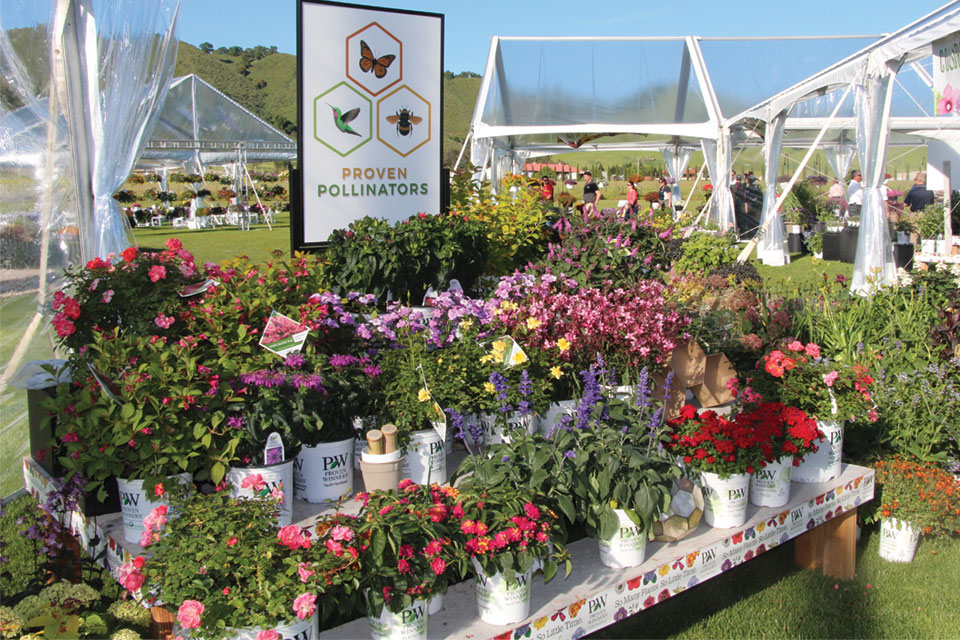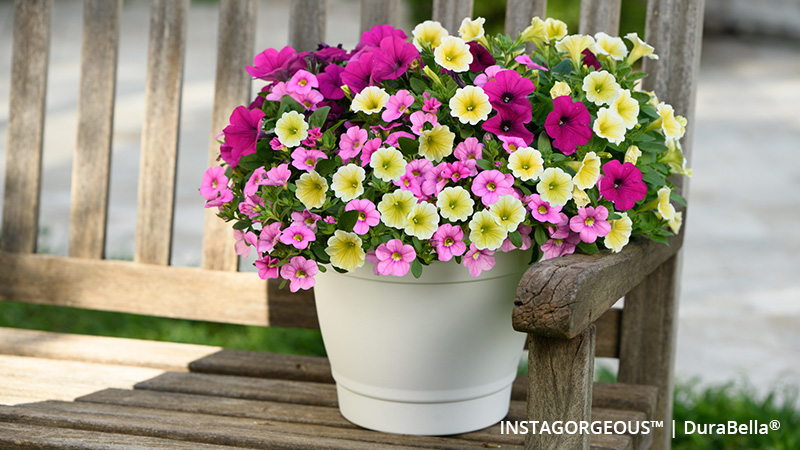Why Consumers Buy Pollinator-Friendly Plants (And Why They Don’t)
 A collaborative study from the University of Georgia and the University of Florida reveals the reasons why people choose to include pollinator-friendly plant life around their homes, in their gardens and landscaping, and, perhaps more illuminating, why others avoid them.
A collaborative study from the University of Georgia and the University of Florida reveals the reasons why people choose to include pollinator-friendly plant life around their homes, in their gardens and landscaping, and, perhaps more illuminating, why others avoid them.
Benjamin Campbell, Hayk Khachatryan, and Alicia Rihn have amassed a substantial amount of data that they discuss in their report, “Pollinator-Friendly Plants: Reasons for and Barriers to Purchase” found in the current issue of HortTechnology, published by the American Society for Horticultural Science.
The study analyzes data from a consumer survey that focused on those who have purchased plants that are proven to be beneficial and attractive to pollinating bees, butterflies, bats, and hummingbirds.
“I think we often think of pollinator-friendly plants as bee and butterfly attractants, but there are consumers that want to attract other types of pollinators, so ensuring we meet their needs is essential,” Campbell says.
The researchers discovered an array of motivations encouraging consumers to choose these specific plants. Among consumers with home landscapes, only 46% elected pollinator-friendly plants in their purchases. Within that group, only 17% stated that attracting pollinators was their driving desire. The majority of these consumers decided on their purchases because of the look of the plants that they wanted to include in their personal landscapes.
Overcoming the Barriers
The factors preventing or discouraging more than half of consumers from including plants beneficial to pollinators should be easy to address by the plant industry, Campbell says. Pollinators contribute substantially to the global economy and food availability, and without them, roughly 70% of food crops would be in jeopardy of failing to meet world consumption needs.
Inadequate labeling is responsible for 28% of the surveyed consumers choosing plants outside the pollinator-friendly category. Many within the field of landscape marketing agree that better identification would easily encourage purchasers to select plants helpful to birds and insects.
Another major barrier (28%) to a greater distribution of pollinator-friendly plants is price.
“Many of the barriers to purchasing more pollinator-friendly plants can be addressed by green industry firms taking the time to address the barrier,” Campbell says. “For instance, adding new and different pollinator-friendly plants would remove a barrier for 20% of consumers, while labeling and making sure to take care of the plants available would also mitigate barriers for a large number of consumers.”
The complete article is available on the ASHS HortTechnology electronic journal web site.










